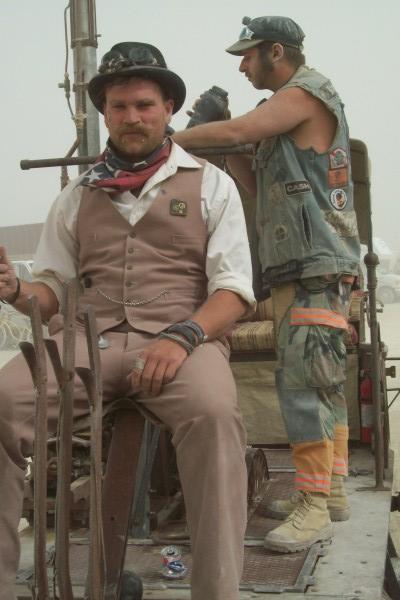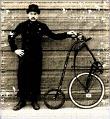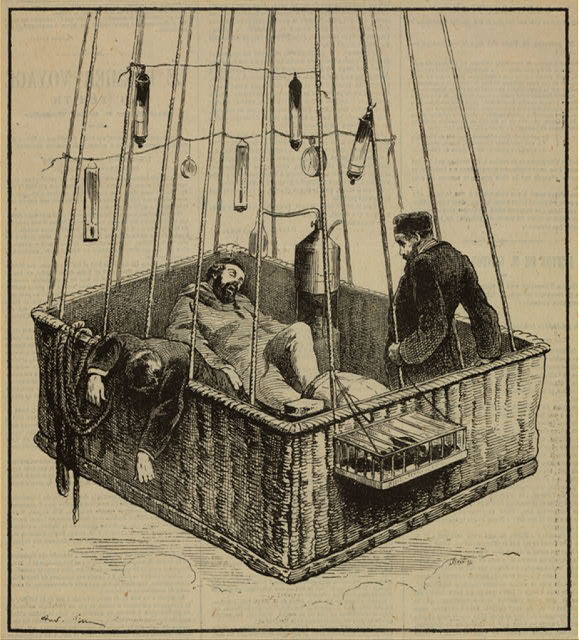The Cody Manlifter
Something in the lines of the Ader Eole tickled my memory. It seemed like such an organic vehicle. Obviously the guy was trying to acheive flight by imitating flying creatures. Compare any vehicle from 1890 to a 1980 Buick LeSabre and I bet I know which one will be more stark, more artfully made, and more black.
Here's something wicked evil. The Cody Manlifter.
This guy's definitely up there in the crowd of steampunks-back-then. He was a cowboy who moved to England around 1901 to start a wild west show, and he named himself Samuel Cody in a blatant ripoff of Buffalo Bill. The show fails and his wife returns to America after falling out of a balloon (!). He turns to kitemaking and somehow convinces the British Admirality to let him develop a man-lifting kite to be used as an observation post in the war against the Boers!
First a series of progressively larger kites would be sent up, with the Manlifter taking off last. The... er.... pilot? (Let's say "red shirt") would hang below it and transfer messages up and down the string.
From a history:
The man-lifting kites were highly successful, Capt Broke-Smith RE and Leon Cody reached heights of 3,400 feet in kites designed by Cody. The Army were sufficiently impressed to engage Cody as Chief Instructor in Kiting at the Balloon School in Aldershot (1906). Cody was charged with the formation of two kite sections of the Royal Engineers (these were later to form the nucleus of Air Battalion RE, later to become No 1 Squadron Flying Corps, then finally No 1 Squadron RAF).
If you take a look at the Wright Flyer, it's clearly a box kite with a motor. Airplanes developed out of kites. The British military had a manlifting kite squadron! ("Pip pip men, let's get those streamers unpacked! Don't tangle your strings now! I call the fish!")
In 1909 the Secretary of State for War terminated Cody's contract, as he "could see no future or military use for aircraft". In 1910 a guy shot a rifle from a Wright Brothers plane and the U.S. Army became verrrrry interested. Fifty-nine years later a guy lands on the moon.
Here's a shot of the lifters:
It seems to me all well and good except for that one thing kites do where they SUDDENLY PLUMMET STRAIGHT TO THE GROUND. Perhaps the Manlifter had a no-plummet feature. The histories don't really talk about manlifting deaths like they do for early aviation. Cody died in 1913 while joyriding one of his aircraft.
A more in-depth biography:
http://www.heureka.clara.net/surrey-hants/cody.htm
Yes, people build and ride these things today, see here:
http://www.aero.lr.tudelft.nl/~frits/cody.html
Labels: features
 The Steampunk World
The Steampunk World




